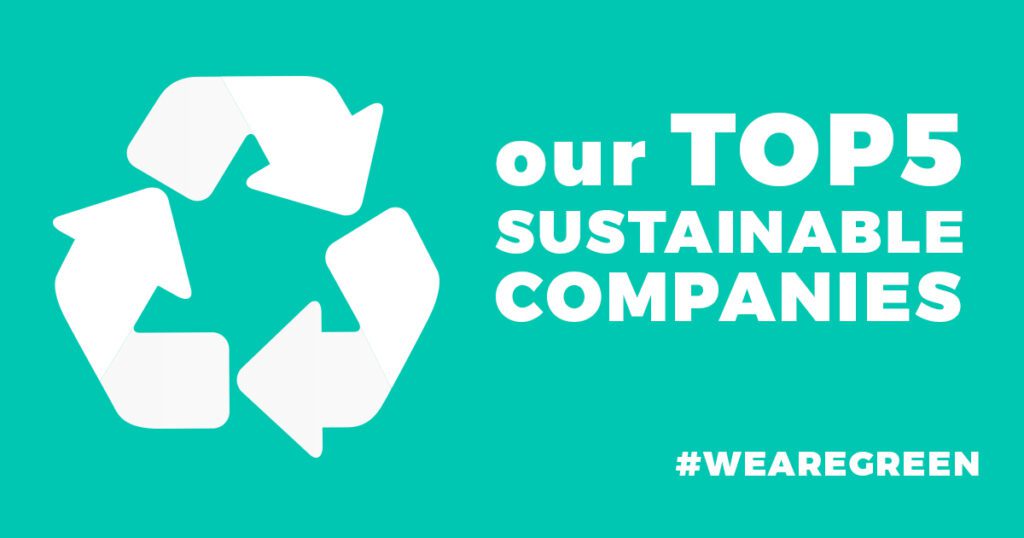5+1 memorable partner successes
What really measures success is debatable. We have taken a look at the businesses around us and selected 5 + 1 outstanding awards that these companies have received recently.
Read our article and remember, time to time it is worth pausing for a moment to appreciate what you have achieved.
5+1 memorable partner successes Read More »















